We may earn money or products from the companies mentioned in this post. This means if you click on the link and purchase the item, I will receive a small commission at no extra cost to you ... you're just helping re-supply our family's travel fund.
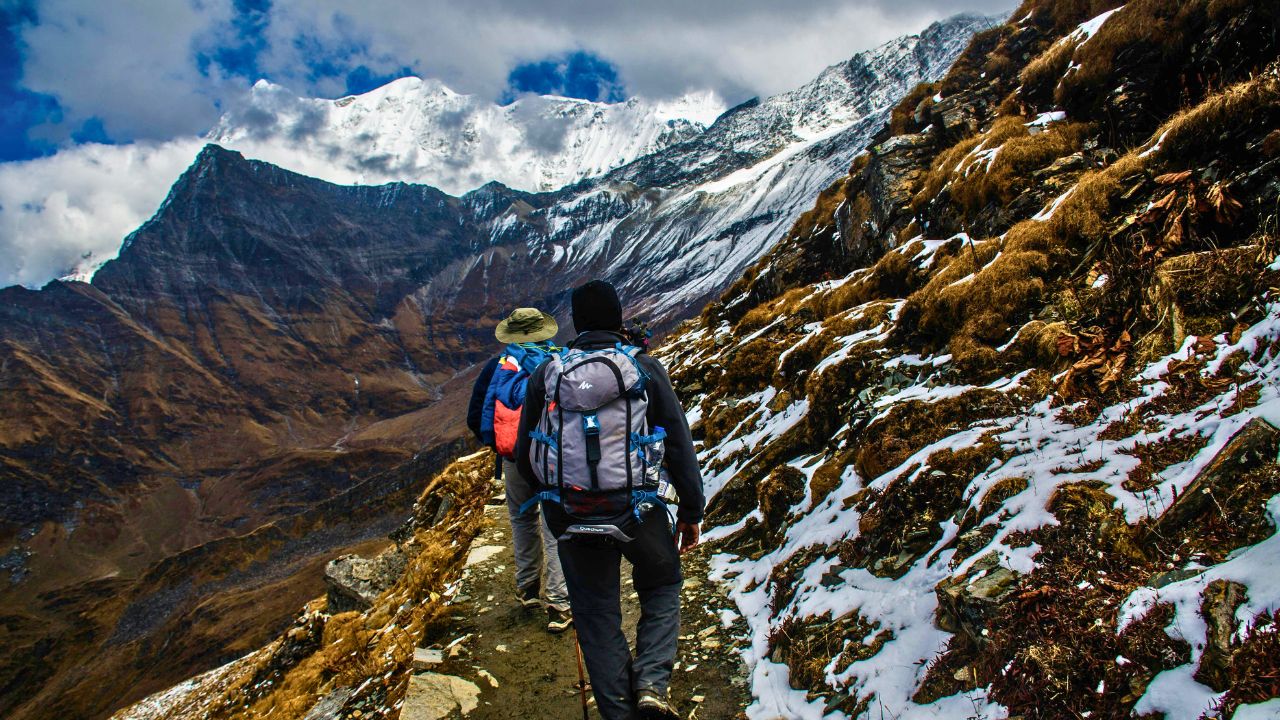
Some landscapes can’t be driven through — they have to be earned, step by step. These ten countries don’t just offer hikes; they offer pilgrimages. Through thin air, ancient paths, wild ridgelines, and silence so vast it roars, each trek reveals more than scenery. You lose your breath and gain perspective. You arrive somewhere new — but mostly, deeper into yourself.
1. Nepal
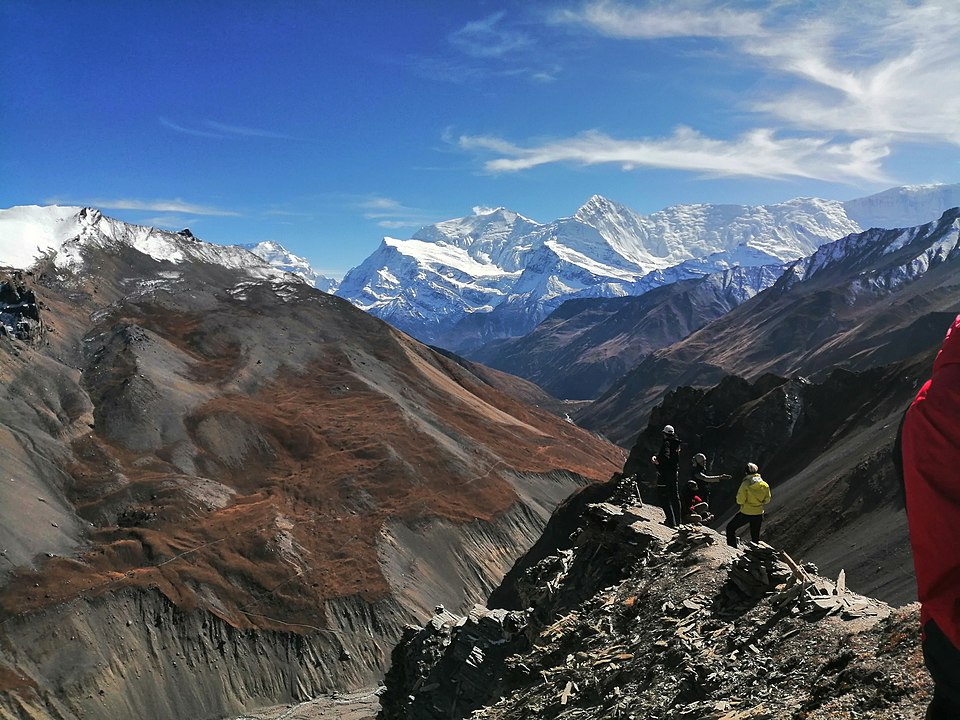
In Nepal, altitude is a teacher. The Himalayas don’t just rise — they loom, test, and reward. From the well-worn paths of Everest Base Camp to the quieter Annapurna Circuit, every trail winds through stone villages, spinning prayer wheels, and avalanched silence. Here, thin air sharpens more than your lungs — it clears your mind. Nothing feels like a shortcut, and nothing should.
2. Peru
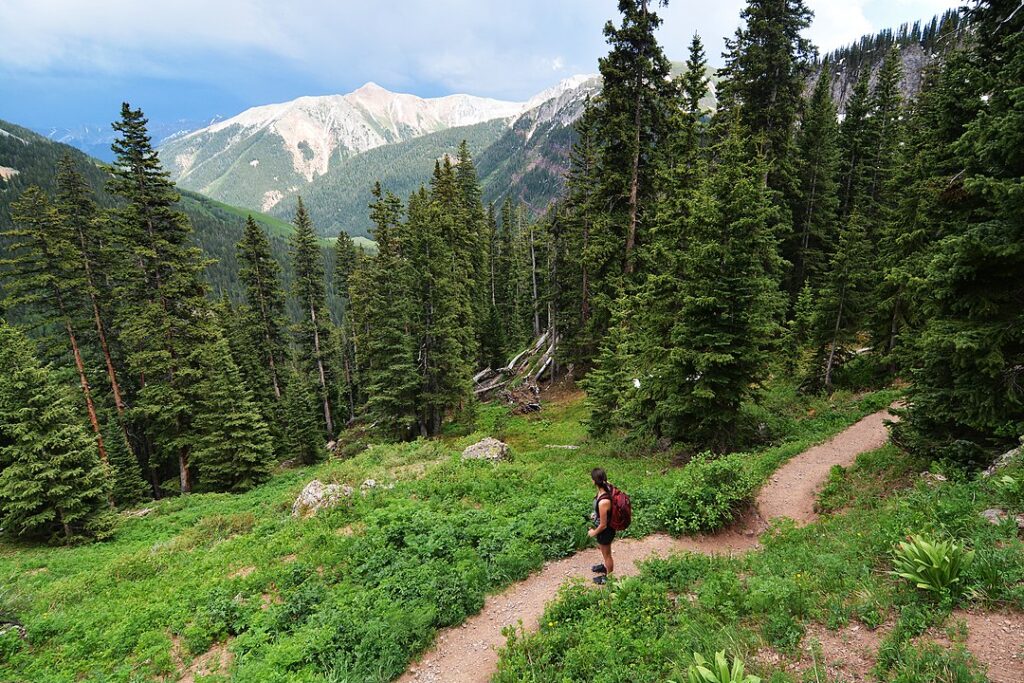
Peru’s trails aren’t just scenic — they’re sacred. The Inca Trail whispers with history, rising through cloud forest to the sun gate of Machu Picchu. But the less-crowded Salkantay Trek stuns with glacier-fed lakes and Andean grandeur. Altitude presses against you, but so does the past — every stone stair and llama path feels purposeful, worn by centuries of footsteps.
3. New Zealand
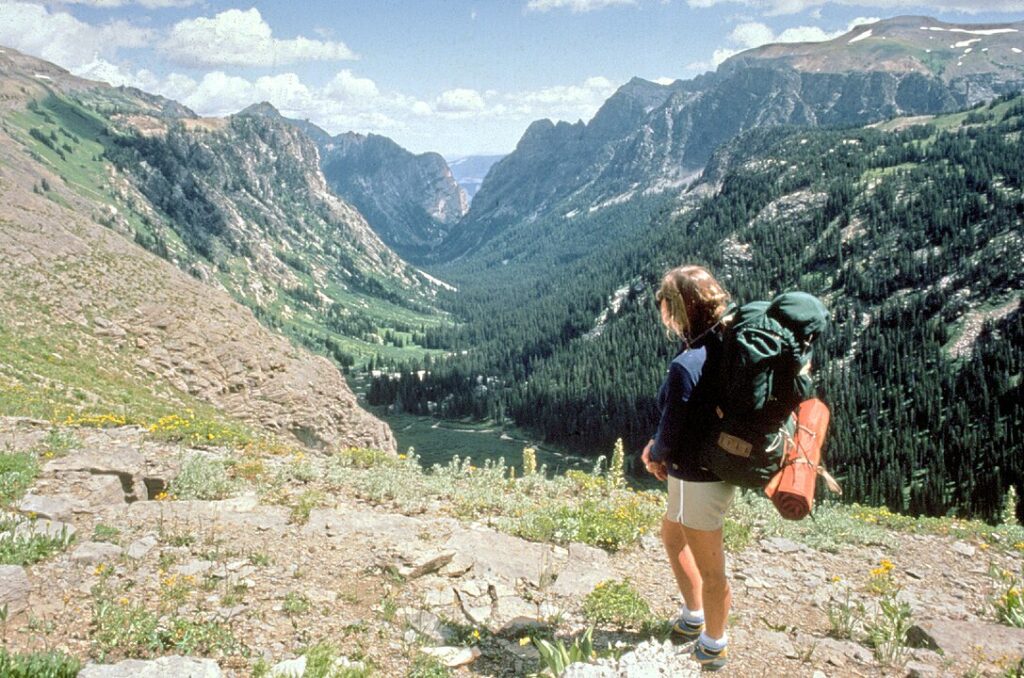
New Zealand feels custom-built for hiking — dramatic, accessible, and wild in the best way. The Routeburn, Milford, and Kepler Tracks offer cinematic payoffs: alpine lakes, moss-draped forests, and fjords that swallow sound. Weather shifts fast, but that’s part of the charm. You pack for all seasons, and by the end, you’ve lived through all of them — sometimes in one day.
4. Switzerland
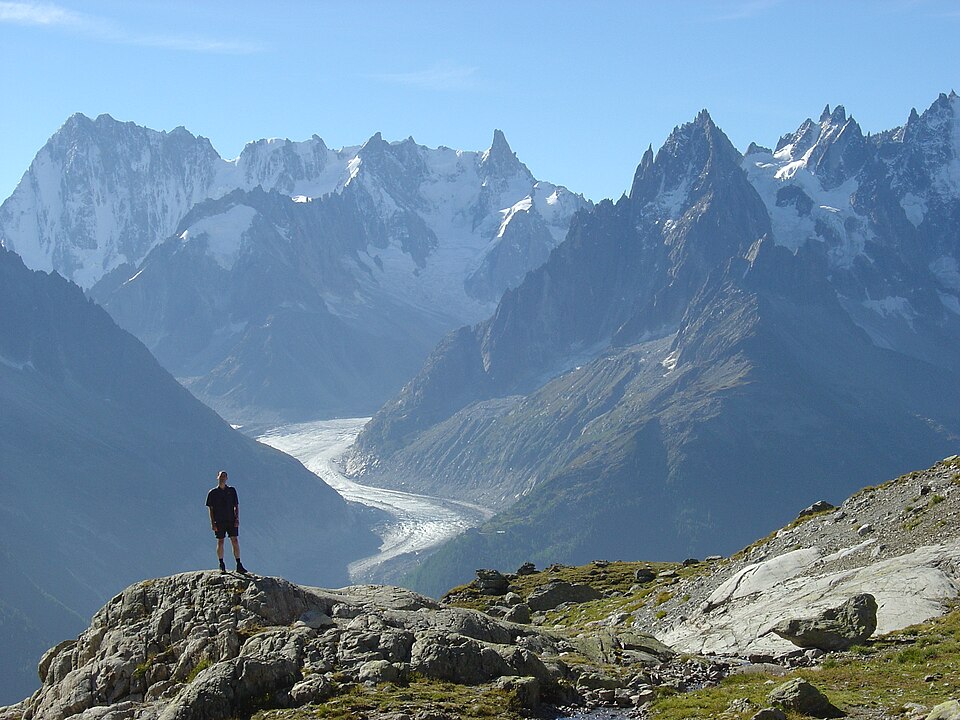
In Switzerland, the trails are stitched with precision. But don’t mistake efficiency for dullness — the alpine routes offer glass-clear lakes, wildflower meadows, and peaks that seem too perfect to be real. The Haute Route, stretching from Chamonix to Zermatt, is a classic: glacier views, mountain huts, and the kind of clean, bracing air that rewrites your blood.
5. Canada
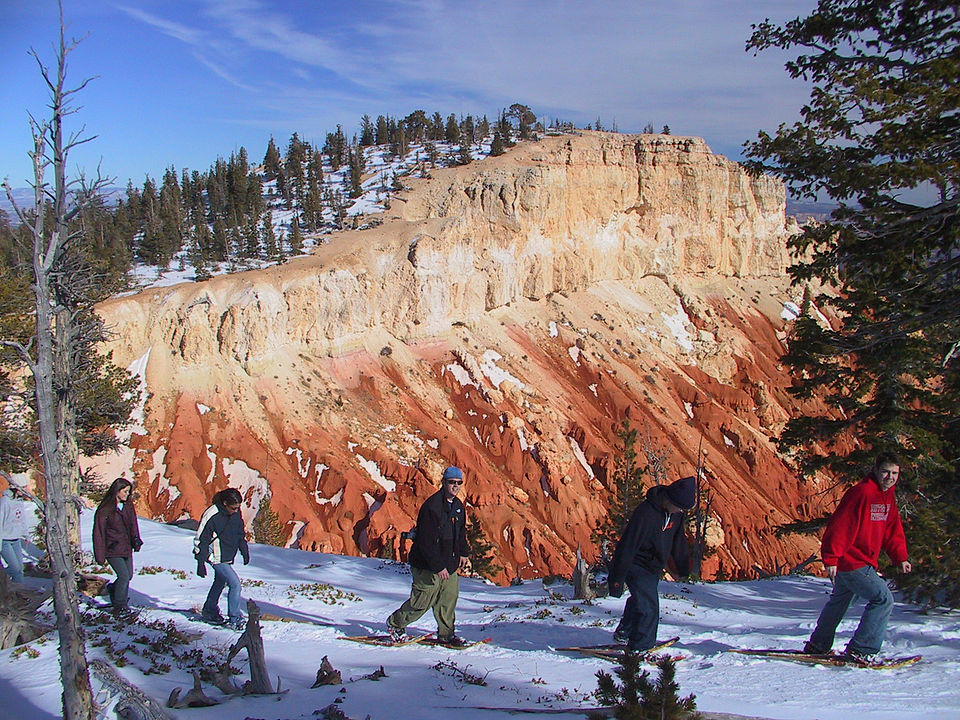
Canada doesn’t do “small.” Its backcountry is vast, raw, and wildly underpopulated — in the best way. The West Coast Trail demands grit, as tides and ladders dictate your rhythm. In the Rockies, hikes like Lake O’Hara or the Berg Lake Trail give you glacier-fed turquoise and bear country in the same breath. It’s not polished. It’s powerful. And it humbles.
6. Morocco
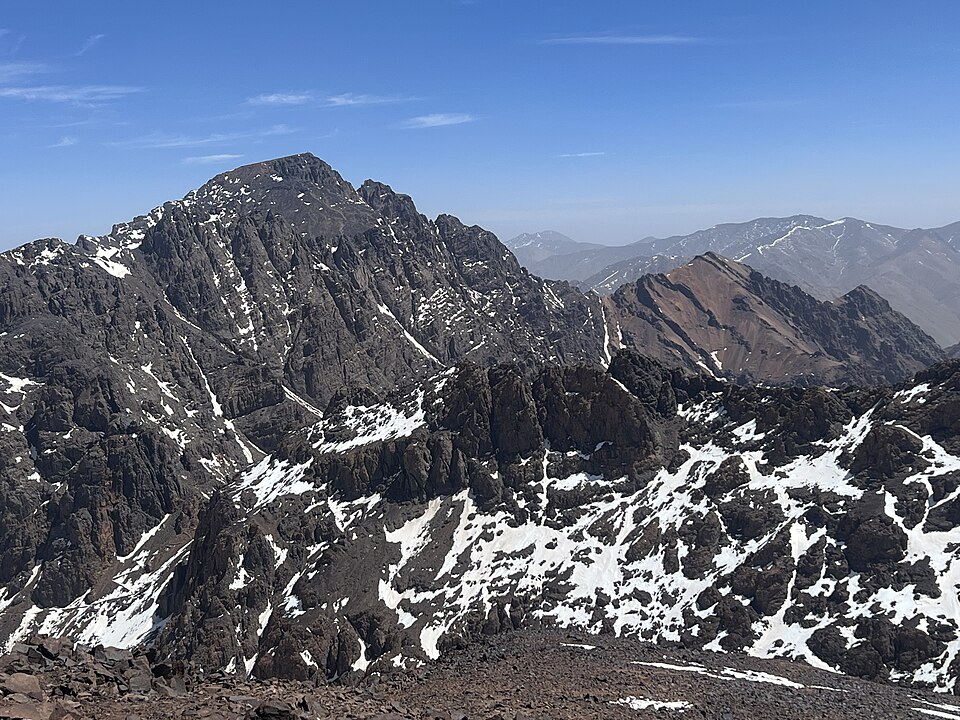
The Atlas Mountains feel like they’re hiding in plain sight. Red rock folds into quiet valleys, Berber villages welcome you with mint tea and age-old routes. Trekking up Mount Toubkal — North Africa’s highest peak — offers stark beauty and a cultural heartbeat. You’ll pass goats on ridgelines and wake to sunrises that paint the desert gold. Few tourists. Fewer distractions.
7. Chile
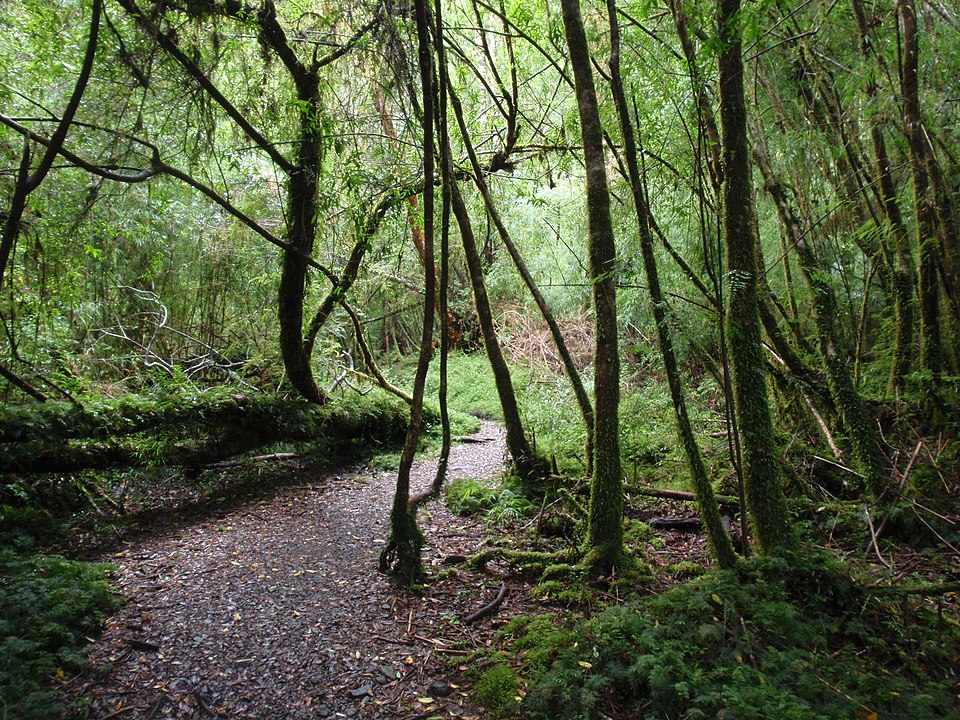
Chile stretches like a challenge — skinny, wild, and extreme. Nowhere does this better than Patagonia. Torres del Paine’s W Trek is iconic for a reason: wind-scoured valleys, sapphire lakes, and horns of granite piercing the sky. Even the silence sounds untamed. Every step is weather-watched and wind-whipped, but the moments of stillness feel eternal.
8. Italy

Italy’s Dolomites don’t whisper — they sing. Jagged peaks rise from rolling green in such theatrical contrast it feels staged. But the Alta Via 1 or 2 will prove otherwise. Rifugios dot the trails, serving warm polenta and red wine after long climbs. It’s hiking with soul and style — where you sweat by day and toast the stars by night. It’s no wonder these paths inspire poets.
9. Japan
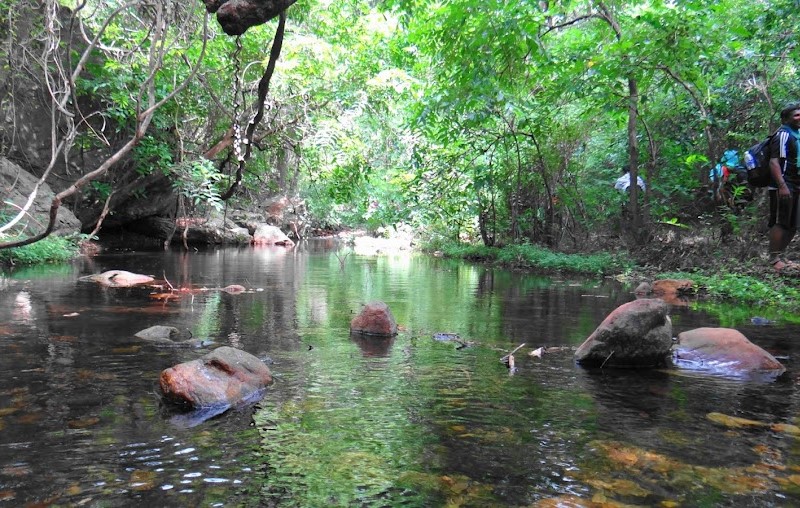
Japan’s trails carry weight — not just in elevation, but in history. The Kumano Kodo isn’t just a walk through forested mountains; it’s a spiritual pilgrimage traced by emperors and monks. In the Japanese Alps, the Kamikochi Valley stuns with crisp rivers and snow-capped serenity. Every shrine you pass feels like a breath held by the forest. Every path, an offering.
10. Tanzania

Mount Kilimanjaro stands alone, both literally and metaphorically. The trek to the “roof of Africa” crosses five ecological zones — rainforest, alpine desert, arctic summit — each one stranger than the last. You don’t need ropes, but you do need resolve. The altitude teaches patience. And when you reach Uhuru Peak at sunrise, breathless and weightless, it all makes sense